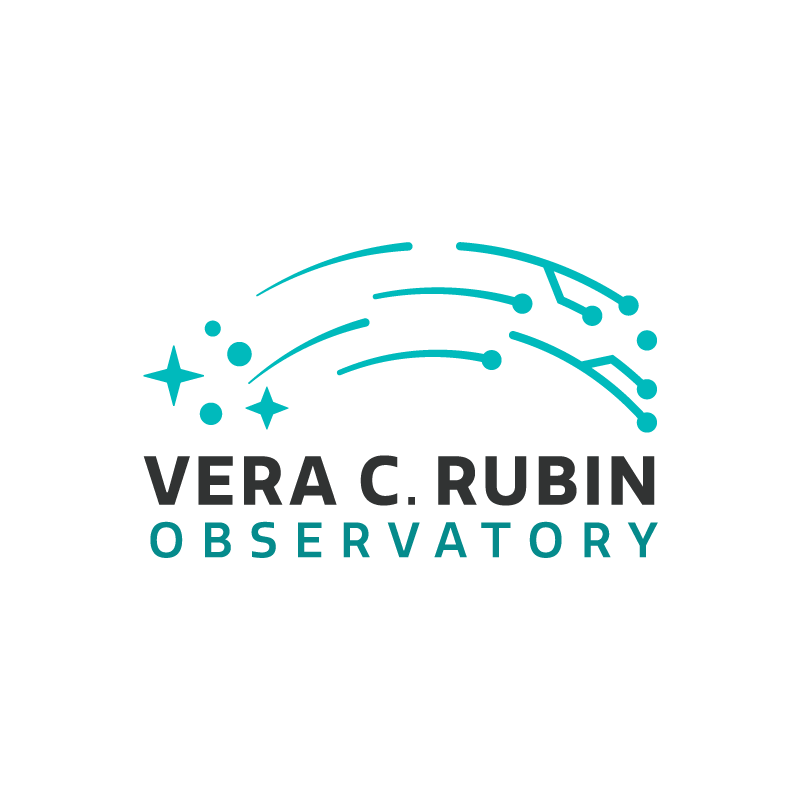Final Filters Delivered for Rubin Observatory Camera
All six of the huge filters for Vera C. Rubin Observatory’s record-breaking camera have been fabricated, coated, and delivered
21 October 2021
After nearly a decade of work, Lawrence Livermore National Laboratory (LLNL) has delivered the last of the six filters built for use with Vera C. Rubin Observatory’s Legacy Survey of Space and Time Camera (LSSTCam). The filters have now all arrived at the US Department of Energy’s SLAC National Accelerator Laboratory, where they will be integrated into the camera.
“We’re all very excited,” said LLNL engineer Vincent Riot, who has been the Rubin LSSTCam camera manager for the past four years. “The optical lenses and filters have been a long time in the making. This project has been under way for about 10 years. Now, we’ll soon see the integration of all of the camera’s components as part of the telescope’s commissioning.”
The six filters were fabricated using glass raw material from the state of New York, which was shipped to Thales Space SESO in France. Thales Space SESO shaped and polished the glass into the optical filters between 2016 and 2020. The filters were then transported to Materion, based in Massachusetts, which coated the glass on all six filters in a special chamber built especially for coating the LSSTCam filters.
The 3200-megapixel LSSTCam will be the largest digital camera ever built. In turn, the six LSSTCam filters are some of the largest optical filters ever produced. Each filter is about 76 centimeters (30 inches) wide and weighs about 40 kilograms (90 pounds), ranging in thickness from 13 millimeters (about a half inch) to 26 millimeters (one inch).
The filters are labeled u, g, r, i, z, and y. Each transmits light from a segment of the electromagnetic spectrum, progressing throughout the entire visible range and moving from the near-ultraviolet (u) to the near-infrared (y). The u filter was the final one LLNL delivered to SLAC.
Using the LSSTCam, the 8.4-meter telescope at Rubin Observatory will image the entire sky visible from its location on Cerro Pachón in Chile every few nights, revealing unprecedented details of the Universe and helping unravel some of its greatest mysteries.
More information
The National Science Foundation (NSF) and Department of Energy (DOE) will support Rubin Observatory in its operations phase to carry out the Legacy Survey of Space and Time. They will also provide support for scientific research with the data. During operations, NSF funding is managed by the Association of Universities for Research in Astronomy (AURA) under a cooperative agreement with NSF, and DOE funding is managed by SLAC under contract by DOE. Rubin Observatory is operated by NSF NOIRLab and SLAC.
NSF NOIRLab (National Optical-Infrared Astronomy Research Laboratory), the US center for ground-based optical-infrared astronomy, operates the international Gemini Observatory (a facility of NSF, NRC–Canada, ANID–Chile, MCTIC–Brazil, MINCyT–Argentina, and KASI–Republic of Korea), Kitt Peak National Observatory (KPNO), Cerro Tololo Inter-American Observatory (CTIO), the Community Science and Data Center (CSDC), and Vera C. Rubin Observatory (operated in cooperation with the Department of Energy’s SLAC National Accelerator Laboratory). It is managed by the Association of Universities for Research in Astronomy (AURA) under a cooperative agreement with NSF and is headquartered in Tucson, Arizona. The astronomical community is honored to have the opportunity to conduct astronomical research on Iolkam Du’ag (Kitt Peak) in Arizona, on Maunakea in Hawai‘i, and on Cerro Tololo and Cerro Pachón in Chile. We recognize and acknowledge the very significant cultural role and reverence that these sites have to the Tohono O'odham Nation, to the Native Hawaiian community, and to the local communities in Chile, respectively.
Links
- Vera C. Rubin Observatory website
- Photos of Vera C. Rubin Observatory
- Videos of Vera C. Rubin Observatory
- LLNL press release
- Announcement of first filter to arrive at SLAC
Contacts
Vanessa Thomas
Public Information Officer
NSF NOIRLab
Tel: +1 520 318 8132
Email: vanessa.thomas@noirlab.edu


